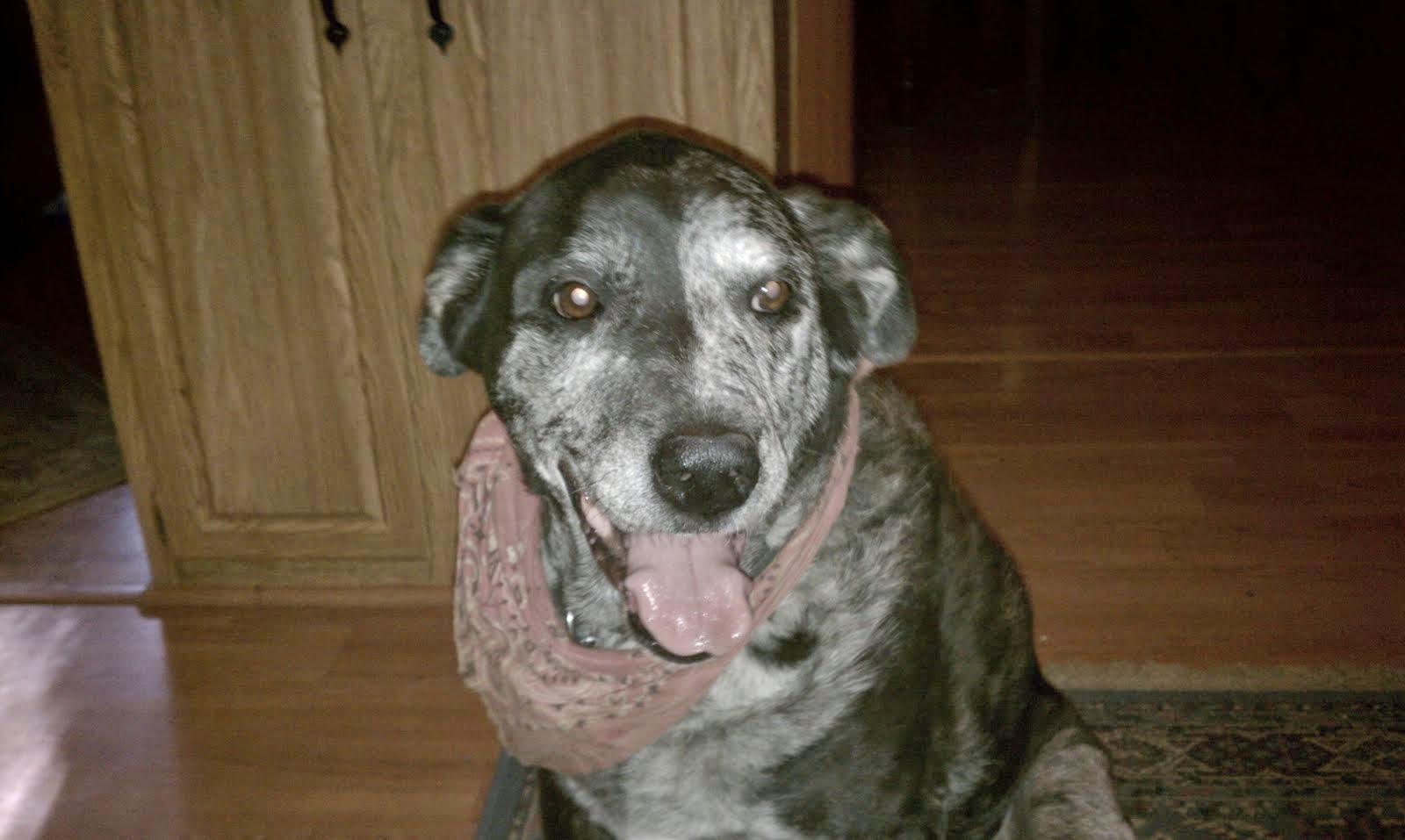What kinds of cancer occur in dogs?
In dogs generally 50 per cent of all tumors are of the skin (of which about 40 per cent are malignant and 60 per cent benign), 20 per cent are of the mammary glands (which account for 58 per cent of tumors in bitches, of which about 50 per cent are benign), only 10 per cent are of the alimentary system (which is one of the prime sites in Man), 10 per cent of the lymphatic system, 5 per cent of the reproductive system, and 5 per cent others.
However, bone tumors are much more common in the large and giant breeds. They are most likely to occur at the ends of long bones in the growth plates but may occur on the skull, pelvis, etc. Bone tumors are mostly extremely malignant. Signs are swelling, pain, heat, and lameness (if the tumor is in a limb bone). However, although bone tumors on the forelimb (especially at the distal [lower] end of the radius/ulna - just above the knee joint and a favorite site) or those on the distal end of the tibia/fibula (just above the hock joint) on the hind leg are easy enough to detect, particularly when the typical hard swelling starts, those in other sites can be much more difficult to diagnose. This is especially so if they are on bones where there is heavy surrounding musculature, such as the shoulder-blade, upper arm, or thigh. These are all too likely to be diagnosed as pulled muscles, damaged tendons, arthritis, etc. Also, osteosarcoma (the most common form of bone cancer in these breeds) often starts up after some kind of trauma such as a collision or fall and is most likely to occur in the age range of 6 to 8 years, so the tendency is for a diagnosis of bruising, arthritis, etc. in any case.
Oral tumors are quite common and mostly malignant. One problem is that they are often well advanced before being noticed. Signs are bloody saliva, bad breath, difficulty in eating, or unwillingness to eat. Malignant melanoma are particularly dangerous and spread rapidly.
Nasal tumors are quite rare but mostly malignant. Signs are sneezing, difficulty in breathing, discharge from the
nose, or nosebleeds. They do not spread quickly but cause much local damage.
Tumors of the gut are rare but usually malignant and generally well advanced by the time they are noticed. Spleen tumors are usually malignant with early secondaries. Signs of internal tumors are non-specific but include weight loss (sometimes rapid), diarrhea or constipation, pain which may be shown by a stiffness of movement, passage of blood or vomiting of blood or "coffee-grounds", and loss of appetite.
Tumors of the lungs (a prime site in Man) do not occur as primaries in dogs but frequently as secondaries. Signs are difficulty in breathing, particularly after exercise, coughing, and wheezing.
Cancer of the lymph system is quite common and can involve a combination of lymph glands, bone marrow, circulating blood, and internal organs. Signs are enlargement of glands, depression, anorexia, and weight loss. These cancers include lymphosarcoma and leukemia. There are two types of canine lymphoma: the multicentric which affects the whole body, and one which develops only in the alimentary, cutaneous, and thymic glands.
Skin tumors can vary from granuloma, which are pea-sized, to vast lumps. Not all lumps which appear on the skin are tumors. Sebaceous cysts are very common, particularly in the elderly dog, but are only blocked sebaceous glands and quite harmless, although they do sometimes burst. It is a good rule, though, to have any lump tested.
